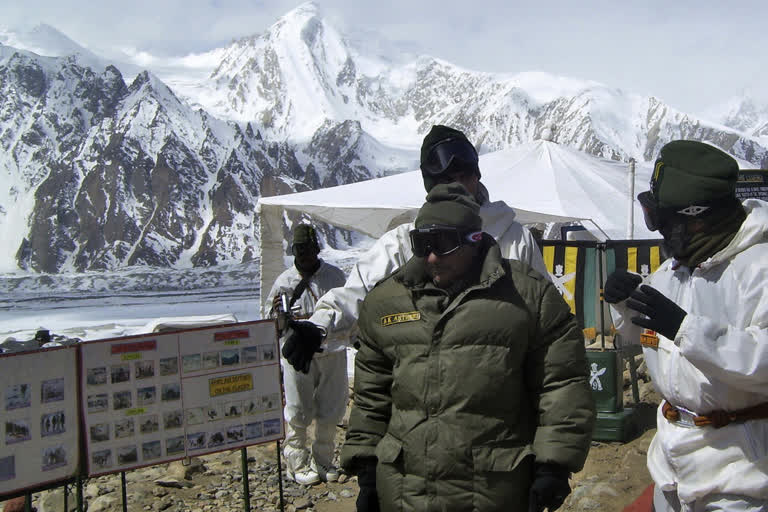New Delhi: The Public Accounts Committee (PAC), a key parliamentary standing committee, met on Monday to deliberate on a recently-submitted report of the Comptroller and Auditor General (CAG) that put the searchlights on what seems to be a sordid tale of shady deals, indecision, and faulty planning that wrecked a plan to improve the habitat and living conditions of soldiers deployed in High-Altitude Areas (HAA).
Significantly, with India-China military tension and consequent build-up showing no signs of easing, a prolonged winter-stay is a very strong possibility where it will be more a test of logistics and infrastructure against the unforgiving elements of nature.
A convenient shelter for Indian troops would have immensely contributed to better combat preparedness and morale.
The housing plan was scrapped after a long 13 years, three pilot projects costing Rs 274.11 crore, and enormous expended effort, when the Directorate-General of Military Operations (DGMO) closed down the main project in November 2017.
In August 2019, the chief construction engineer (from the Central Ordnance Depot) who executed the pilot projects, stated in a report to the CAG, the national auditor, that the reasons for the closure of the main project were not known.
To meet the extreme climatic challenges in HAA, fibre reinforced plastic (FRP) or fibreglass huts (FGH) are provided for housing purposes besides for ancillary services like electricity, heating, water supply, sewage disposal etc.
In order to improve the living habitat, the Indian Army undertook a study under the chief engineer, Northern Command, in 2007 to evolve a standard format for shelters, fund requirement and a timeframe for completion.
The study submitted its report in April 2008 which put an estimated cost of Rs 3,180 crore for the entire project that was to be completed in five years.
It was decided by the defence ministry to begin the effort with a pilot project (phase 1) at a cost of Rs 95 crore to test the efficacy of emerging technologies in HAA. What was confounding was the defence ministry provision for selective tendering.
The CAG, auditing the issue, said in a report: "The idea behind the pilot project was to test new technologies for improvement of habitat in HAA. Selective tendering and dispensing with open tender / global tenders defeated the very purpose of the project."
Two more pilot projects—phase 2 in August 2010 and phase 3 in December 2013 together costing Rs 163.65 crore were also sanctioned by the defence ministry "without even awaiting the closure of phase 1 of the pilot project."
Interestingly, when the study was started in October 2007, a consultancy firm was founded in October 2007 itself by a retired army officer that bagged the consultancy rights.
The consultancy agreement was extended to the same firm for the subsequent phases.
What is striking is that while the MoD sanctioned Rs 7.38 crore (3 per cent) for consultancy services, an amount of Rs 11.39 crore (4.6 per cent) was paid to the consultancy firm for its services in all the three phases of the pilot project.
That is an excess payment of Rs 4.01 crore.
In effect, Indian soldiers deployed in the high-altitude, oxygen-depleted and freezing cold areas along the Line of Actual Control (LAC) may have to be kept in shelters that may be deficient in a number of ways in the harsh climate conditions prevailing in east Ladakh and nearby areas.
Also Read: Atmanirbhar Bharat: India bans import of over 100 military items



